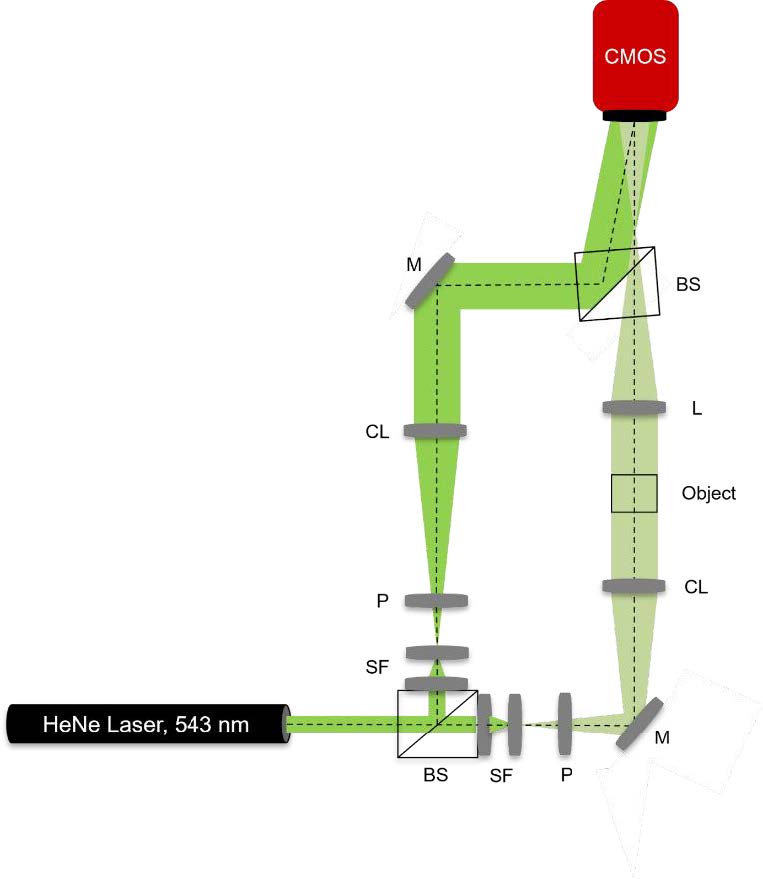Author: Crysthal Alvarez
Vitrification is a rapid approach to cryopreserve biological samples without ice formation, which prevents mechanical injury to the specimen. However, challenges such as non-uniform cooling and warming, cryoprotectant (CPA) toxicity, and limitations in real-time monitoring of temperature and phase changes hinder advancements in this field. This project focuses on developing and utilizing optical tools, including Digital Holography Interferometry (DHI) and Raman spectroscopy, to perform in-situ thermal analysis of water, CPAs, and biological systems across μL to L scale samples. By leveraging these technologies, the research seeks to improve vitrification protocols and enhance specimen viability post-preservation.
To address the challenges of rapid rewarming, the project incorporates plasmonic nanomaterials, specifically titanium nitride (TiN) nanoparticles, as a cost-effective and efficient alternative to gold nanorods. These nanoparticles facilitate photothermal heating when irradiated by laser beams, providing rapid and uniform warming critical to avoiding devitrification and ice formation. A four-laser beam (4LB) system has been developed to achieve uniform heating from multiple directions, ensuring consistent warming rates that are particularly beneficial for droplet-scale vitrification. This innovative setup demonstrated that TiN nanoparticles exhibit superior heating performance compared to gold nanorods, with increased heating rates and uniformity, especially at higher concentrations.

The DHI system is further used to non-invasively measure 2D temperature profiles and phase changes within droplets during vitrification and rewarming. By passing a HeNe laser through the sample and capturing interference patterns with a CMOS camera, holograms are generated, allowing the refractive index to be calculated and converted into detailed thermal maps. This real-time monitoring provides critical insights into optimal cooling and photothermal heating conditions to avoid ice formation. Additionally, the project involves the development of laser-processed cryomesh systems designed to support uniform cooling and enhance vitrification success.
Through these combined approaches, the project demonstrates a comprehensive method for characterizing the thermophysical properties of biological samples during cryopreservation. By integrating advanced optical tools, plasmonic nanotechnology, and innovative laser systems, the research aims to revolutionize vitrification protocols, enabling improved viability of preserved specimens and advancing applications in regenerative medicine and organ transplantation.
Figure 3.1. Digital Holography Interferometry (DHI) system.
